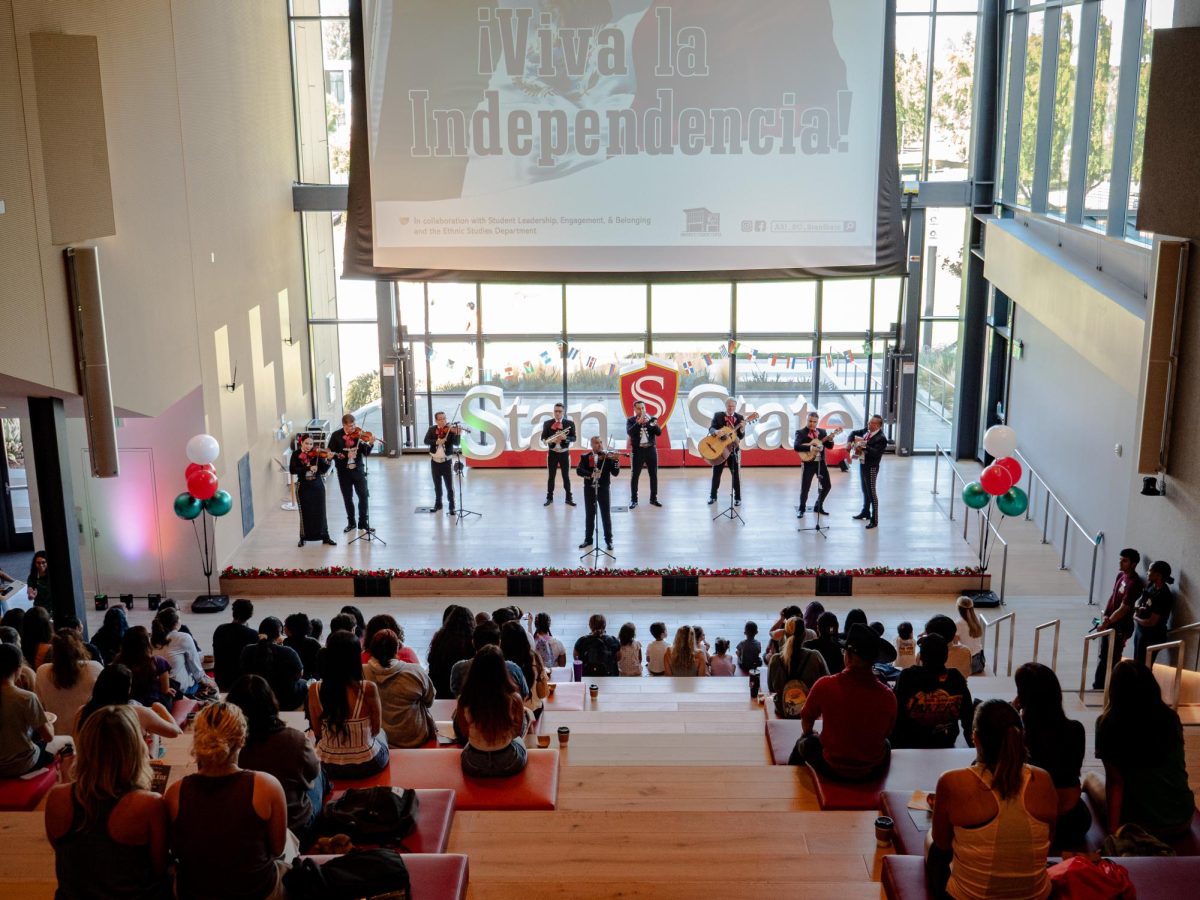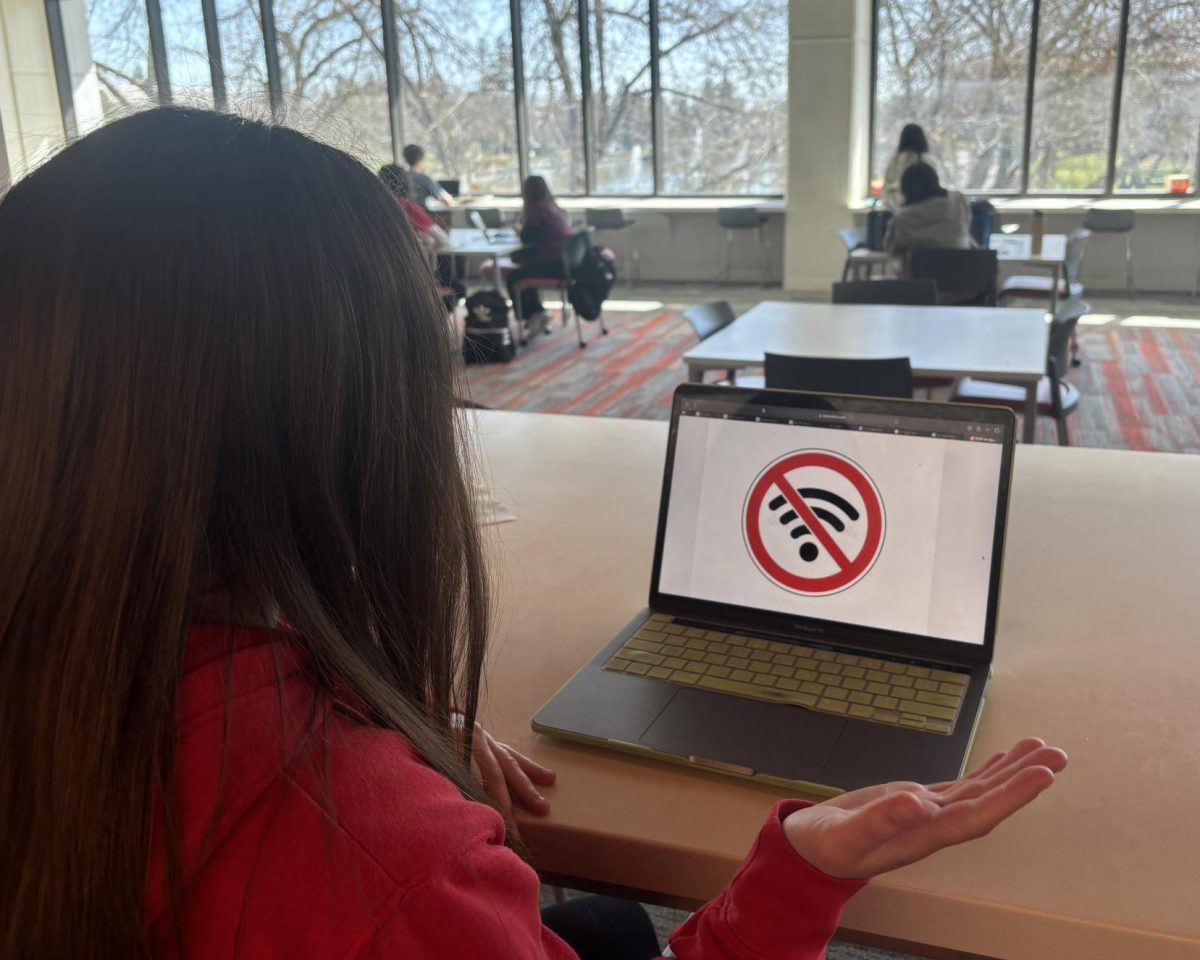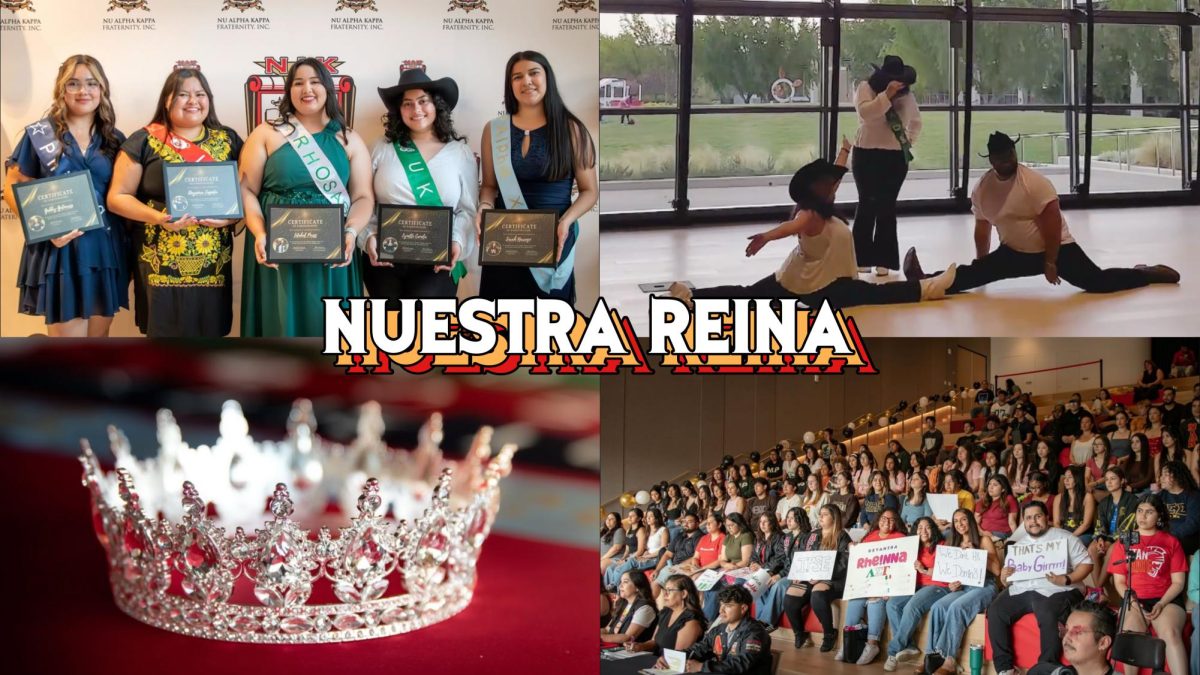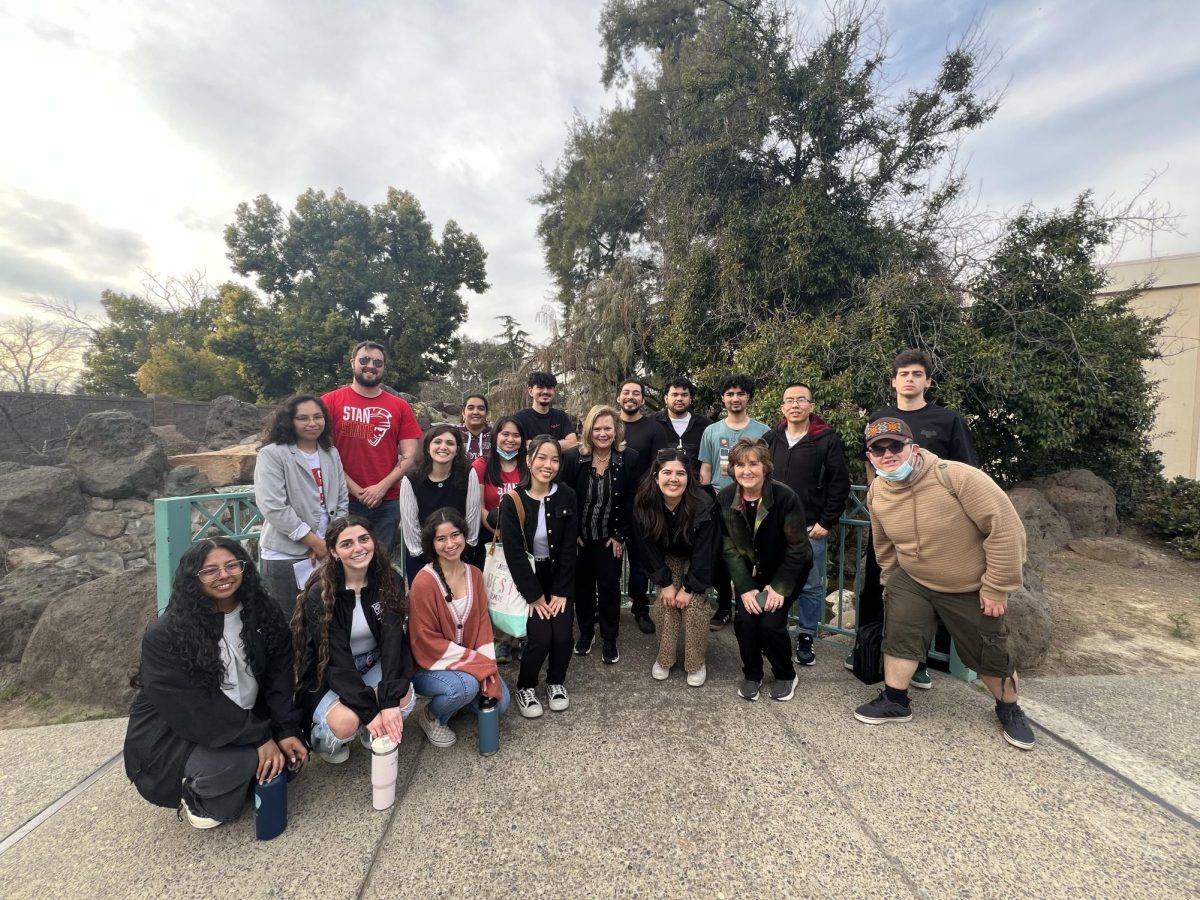As Thanksgiving approaches, we have many things to look forward to: grandma’s stuffing, a hot turkey with a side of cranberry sauce and don’t forget the mash potatoes. While we are inside a warm house sitting by a fire or enjoy our feast, have you ever thought of how many people do not get that experience?
For the homeless, this time of year does not mean family, food and warmth. It means winter is coming, and the sad realization that they will now struggle to keep warm on top of other things they have to endure.
The homeless population is growing and California State University, Stanislaus wants to urge to public to recognize an invisible group of people. It was Homeless Awareness Week at CSU Stanislaus Nov. 5-9.
The Nu Alpha Kappa fraternity at CSU Stanislaus wanted to take time to recognize those without food or shelter. CSU Stanislaus students had an opportunity to donate warm clothes and canned food that will be given to the homeless.
According to the San Joaquin County Community Development Department, there were 2,641 homeless people in San Joaquin County in 2011. Some choose to seek refuge in a shelter and others choose not to. In the past two years the homeless who have chosen to stay on the streets have nearly doubled.
57 percent of San Joaquin Counties unsheltered homeless population lives in Stockton. Captain Greg Vitz of the Stockton Fire Department has been involved with the homeless in recent years. Vitz has helped many organiza- tions in Stockton to meet the needs of the homeless.
Vitz has seen first hand the sad re- ality of being homeless.
“A little goes a long way,” Vitz said. “Most homeless just need a simple need met. A tooth brush, soup, or socks.”
Vitz explains that donating pants and jackets are necessary, but not one ever thinks to donate undergarments, which are even harder to come by.
“Most homeless have a foot disease or foot fungous,” Vitz said. “This is a result from not having clean feet or from not being able to keep their feet warm. This affects their ability to walk. If they cannot walk, they cannot work. If they cannot work, they will not eat.”
Another need that Vitz mentioned is condoms. For as hard as it may be to hear, when a person has hit rock bot- tom, their options become limited and the cost of survival is a willing attitude. As a female, all you have to trade with is your body.
“Majority of the homeless are men and women and are not easy to always come by,” Vitz said. “The sad reality of it is that in order to protect themselves from rape or losing their supplies of survival, often women have no choice but to trade sex.”
CSU Stanislaus student, Andrea Burson (senior, Psychology) was home- less off and on for 16 years and has ex- perienced the abusive relationships, the uncertainty of her next meal, the drug addiction and the hopelessness of her circumstances. She has lived that life and is excited to help spread awareness of an invisible community.
“Nobody wants to look at the homeless or see the severity of it, be- cause it would mean they would have to recognize that they are there,” Burson said.
For as easy as it is to turn our attention away from those who smell funny and have dirty clothes; they rely on the help of others. Although there are many homeless shelters, there is still a fear of going there. Yes, the shelter can provide food and a place to sleep; but the risks are not always worth it.
“I did not trust shelters, I would have to sleep with one eye open, mak- ing sure no one was going to steal my stuff or rape me,” Burson said. “A lot of the times I depended on the kindness of strangers.”
This is the harsh reality for those who are homeless. They learn how to survive and make due. In order to keep going, the homeless need the support from the public. The homeless need the public to be willing to see them.
“If more people were able to have empathy and compassion for others, like putting themselves in somebody else’s shoes or how they would feel if it were them, it would probably be less of a problem,” Burson said.
It would only take a few dollars to buy something that can make difference in another’s life or support to an organization that can help meet a need, such as the Salvation Army or Gospel Rescue Mission.






